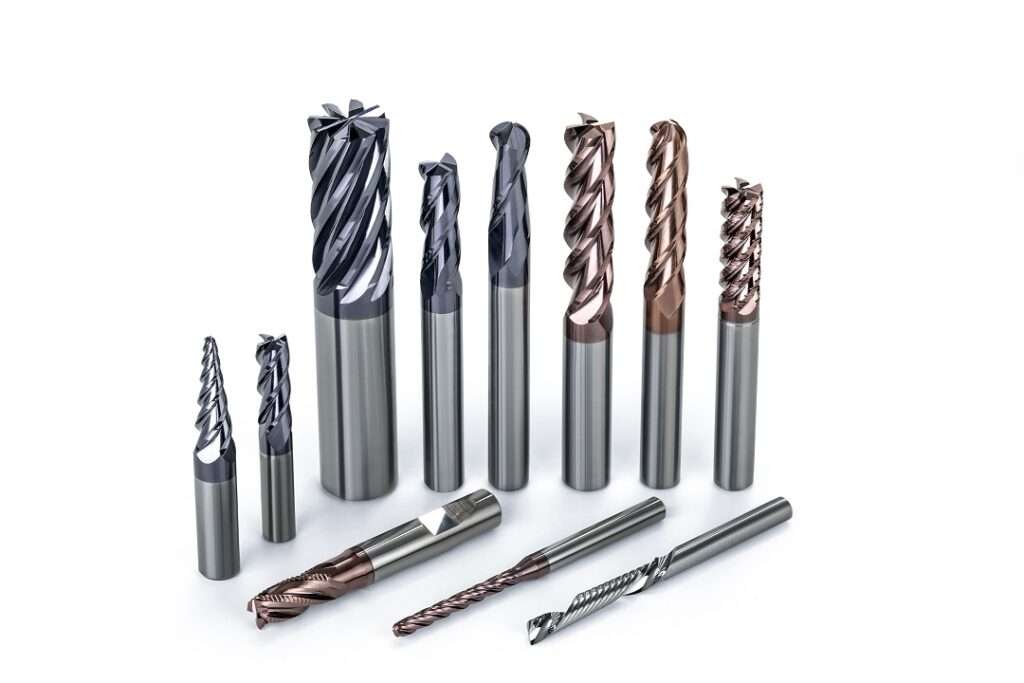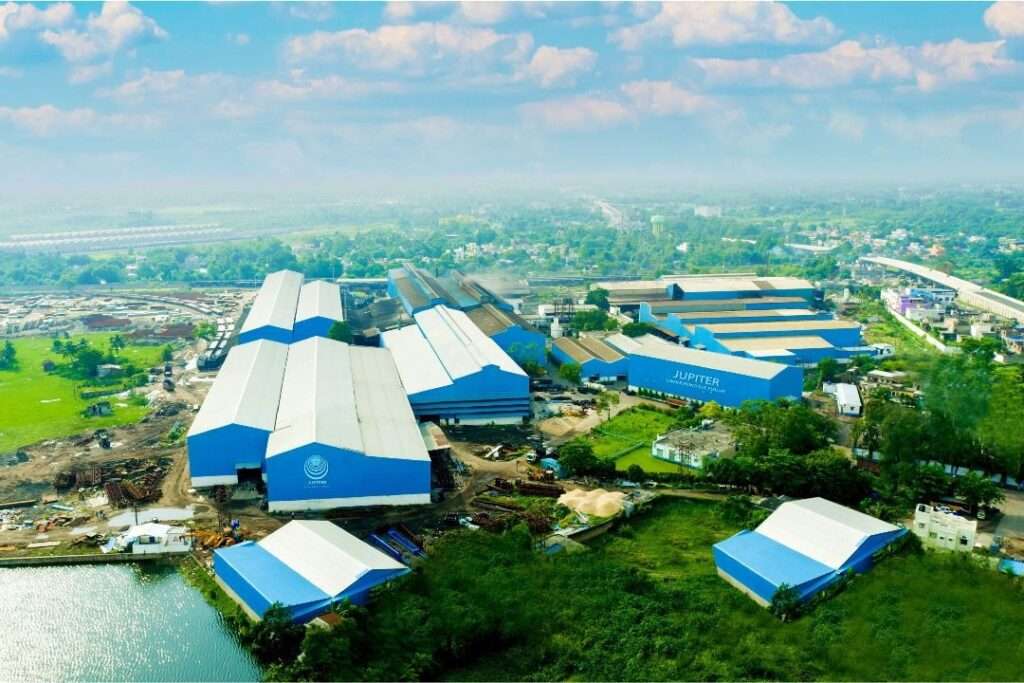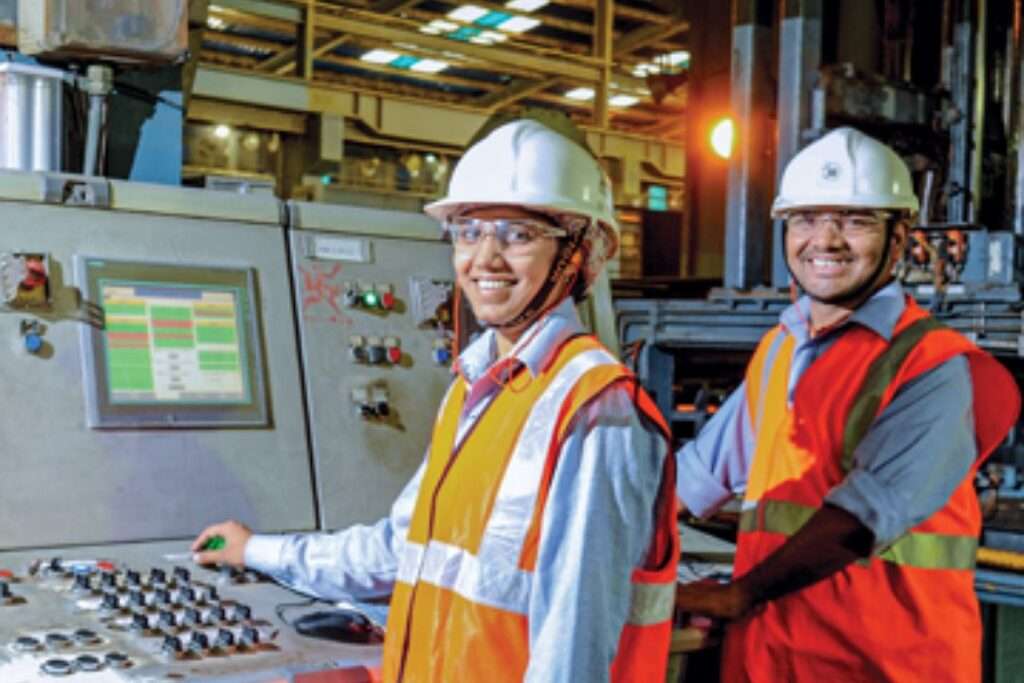- With a market share of almost 75%, China dominates the Indian toy market
- The government should support toy manufacturers with land and nominal interest rates pm loans
- The increase in import duty by 200% to 60% from the earlier 20% would curb imports and boosts local manufacturing
- Indian Government is promoting toy manufacturing clusters providing space in different states
After the revamping of several sectors following the ‘Make in India’ narrative, the government is now shifting focus towards the Indian toy industry. An amalgamation of local artisans and manufacturers, this sector possesses great untapped potential. However, they face tough competition from imported goods and so the path towards self-sufficiency will certainly have several hurdles. To what extent is the toy industry prepared to overcome these challenges? Let’s find out!
Next in Focus: Self-Reliance in Indian Toy Manufacturing
The Prime Minister, in his latest radio talk, laid focus on the Indian toy industry and exhorted local manufacturers to increase their production to increase India’s share in the toy manufacturing sector, both locally as well as globally. Indian toys are regarded to be of good quality, however, they face fierce competition from Chinese toys as those are way cheaper. With a market share of almost 75%, China dominates the Indian toy market. So along with this announcement, the Indian manufacturers are looking forward to receiving a level playing ground from the government.
When the Prime Minister addressed the potential of the toy industry, we felt represented. The availability of labour is a benefit for India and if provided with government incentives, this sector will flourish.
Yashwinder Singh Kohli
Director, Dimpy Stuff
In 1990, a female member of their family stitched small fabric dolls at home to make a living. This was the beginning of Dimpy Stuffs which is now a company with several retail outlets as well as an online presence on sites such as Amazon and Flipkart.
Gombegala Nagara: Background of Indian toys
Not only this company, but several other Indian toy manufacturers began as small artisans practicing a hobby. To date, the Indian toy industry remains a completely eclectic mix of artisans, small sellers of handmade toys, and big names in the game. It ranges from an artisan making wooden toys in Kondapalli in Andhra Pradesh to toy manufacturers like Dimpy Stuff who are licensed to publish toys by Marvel and Disney.
The longest tradition remains of wooden toys in India which were prominent in Channapatna in Karnataka. The city is prominently called Gombegala Nagara which means the town of toys. This was followed by the manufacturing of wooden and rubber toys across the country before Chinese toys took over the market by a rage owing to their use of plastic and cheap pricing along with the introduction of electric toys.
Mass Import of Chinese Toys: Raises Concern on Quality & Safety
“Indian toys were always expensive with a lot of money spent on the boxes as well, at the same time Chinese products came in lucrative prices and shapes”, comments Subhashish Sen, founder of Jumbo Electronics, India told us. His company manufactures DIY craft toys and due to comparatively high pricing, they focus more on selling their toys abroad as they face immense competition here from their Chinese counterparts.
Chinese toys tend to be cheaper mainly because of their mass production, as well as using substandard raw materials especially targeting markets like India. Additionally, the local authorities in China provides several benefits such as government protection, subsidies on purchasing land as well as exporting and loans at cheap interest rates. This encourages mass production and reduces the cost by such an extent that China dominates the Indian market by a vast difference.
The competitive pricing always provides Chinese manufacturers with an upper hand, so people are ready to compromise on quality and turn a blind ear to speculations about them being harmful to kids.
AtmanirbharBharat: Initiatives towards Indian Toy Manufacturing
The government has taken certain measures to counter this such as providing space for toy manufacturing clusters in separate parts of the country where more than 200 factories can be set up. The compulsory BIS certification as per the Toys (Quality Control) Order, 2020 will also ensure the safety and quality of toys on par with international standards. In this way imports of inferior quality would be automatically rejected. The increase in import duty by 200 percent to 60 percent from the earlier 20 per would also act as a restriction on toy imports and boosts local manufacturing. However, Indian traders still lack basic facilities. The Indian toy industry’s market size is about Rs. 250 crores where the organised sector constitutes 10% of it and 90% is unorganized. Currently, India has generated only 0.5 percent of the global market.
To make this sector self-sufficient, the incentives provided need to be game-changing. Indian toys need to be innovative and at the same time reasonable to capture a larger market share.
Yashwinder Singh Kohli added, “To compete with China, two basics are essential. The government should provide the Indian toy industry with the land that local companies can rent as it is getting difficult to procure land. Along with this, funding with nominal rates of interest, like China around 4-5 percent is much needed to boost this sector.”
Research & Development in Toy Manufacturing: Future prospects
The domestic industry does not manufacture the same level of battery-operated and electric toys due to a lack of investment in Research and Development. If the MSMEs can be brought together to manufacture small components for local companies, along with government benefits and more investment in infrastructure and technology, India could shape into a technology hub.
So, under the initiative to be more self-reliant, the goal is to develop this sector by providing it with the necessary resources and branding support that would help India maintain its quality and alongside achieve more competitive pricing, innovation, technological advancement, and finally gain international recognition.








